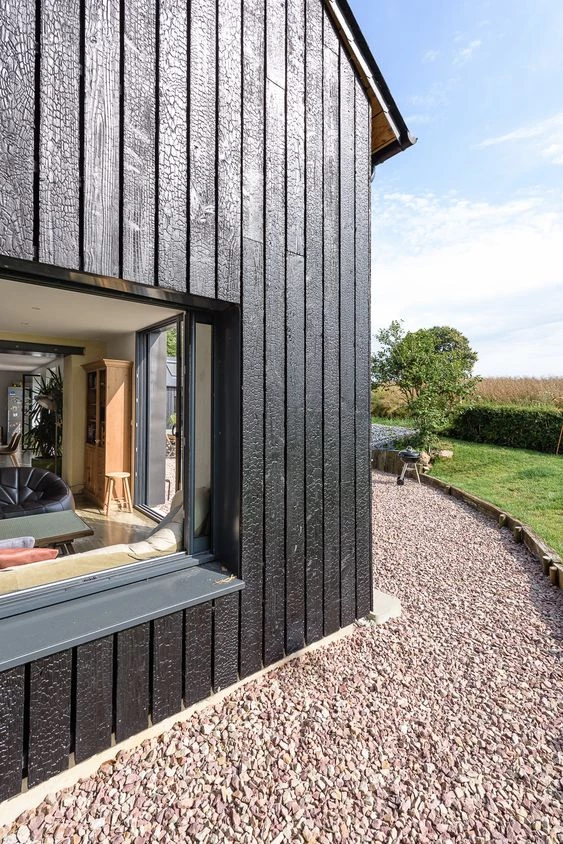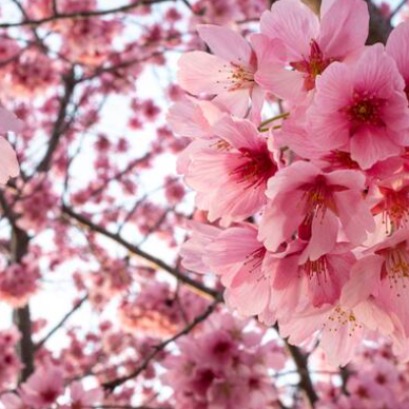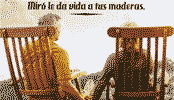
Yakisugi: the Japanese technique that is all the rage in architecture and decoration
Also known as Shou-Sugi-Ban, this technique dates back to the 16th century and its name comes from “yaki” (burning) and “sugi” (cypress). Today linden, pine, maple or oak are usually used.
But the most innovative thing is that it can be applied to ceilings, walls and floors, and also to furniture and accessories of all kinds. The only limit? Own imagination.
What is the technique of "burning" wood?
The technique consists of burning or charring the wood. This, in addition to generating an original finish, contributes to a longer useful life.
A blowtorch or chimney is used to burn the surface of the board. The wood must be dry and cut into long boards.
Then it is quenched with water, allowed to cool and brushed for a better finish. Finally, the wood is protected with protector, natural oils, varnishes, etc.
The slight carbonization of the wood surface makes it waterproof, flame retardant. It also protects it from the sun and works very effectively as an insect repellent. That is why this technique is an excellent option to use wood as an exterior coating.
Different uses and applications
• Floors, ceilings, walls and coverings.
• Furniture.
• Accessories
In wall covering you can combine different shades of burning, opt for different placement methods, play with the geometry of the boards, sizes, etc.", says the specialist.
And she adds that it is also often used on tables, chairs and kitchen islands or to decorate any object: from centerpieces and fountains to decorations and pots. Almost anything goes!
The technique of burning wood, in addition to generating an original aesthetic effect, helps give it a longer useful life. It also provides a touch of nature while incorporating sophistication and elegance through the black color and the texture of the wood.


IT MAY INTEREST YOU
 Nation reinforces prevention and training against forest fires
Nation reinforces prevention and training against forest fires
The director of the Federal Emergency Agency (AFE), Santiago Hardie, referred to the support that the Nation provides in fighting fires. He argued that the majority of igneous sources respond to human interventions and that, therefore, social awareness is a central tool to reduce environmental, material and human damage.
 Native forest | In Misiones, controls are tightened on routes for illegal transport of native wood, logging of forests without permits and fraudulent digital guides
Native forest | In Misiones, controls are tightened on routes for illegal transport of native wood, logging of forests without permits and fraudulent digital guides
Informality in forestry activity in Misiones was once again evident, the culture of operating illegally is a historical problem, and the Ministry of Ecology and Renewable Natural Resources carries out the corresponding control and inspection operations in the regulation of productive activity and sustainable management for the use of native forests.
 Color the streets pink and white in spring: which is the most beautiful tree in the world and why, according to AI
Color the streets pink and white in spring: which is the most beautiful tree in the world and why, according to AI
Its delicate branches, the soft tones of its petals and the harmonious shape of the tree make it an almost poetic image.





















